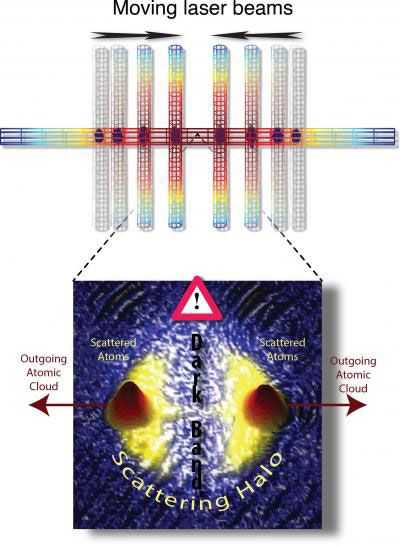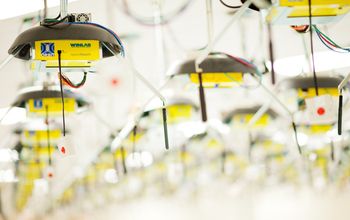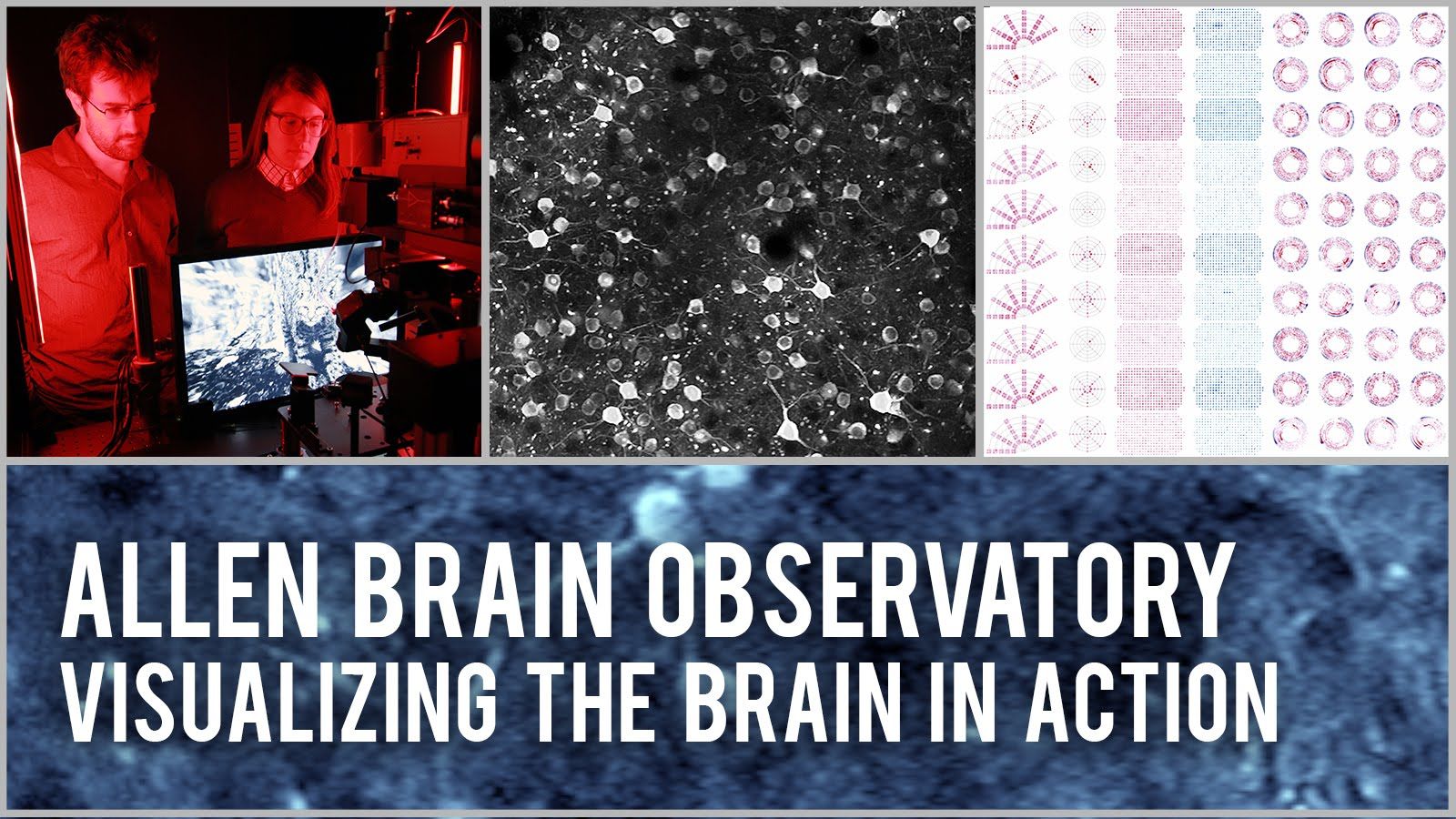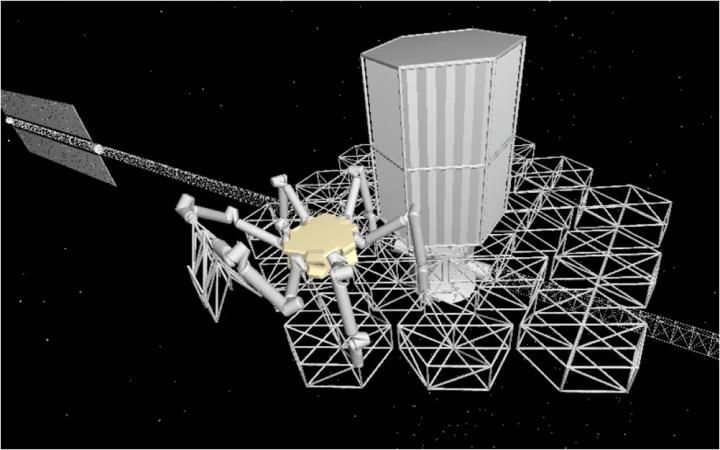Jul 13, 2016
Diamond coupled to carbon nanotube could be used for quantum information processing
Posted by Karen Hurst in categories: nanotechnology, quantum physics
Why synthetic diamonds are critical to the QC story.
(Phys.org)—By carefully placing a tiny piece of diamond within a few nanometers of a carbon nanotube, and then sending an electric current through the nanotube, researchers have designed a device that could one day form the building blocks of quantum information processing systems. In their recent study, they have shown that the electrified nanotube’s mechanical vibrations couple to the magnetic (or spin) properties of defects in the diamond. This coupling allows for the quantum states of the nanotube and diamond to be transferred to each other as well as to a second diamond positioned several micrometers away.
The researchers, Peng-Bo Li et al., have published a paper on the new hybrid quantum device in a recent issue of Physical Review Letters.


















